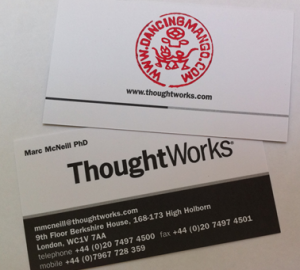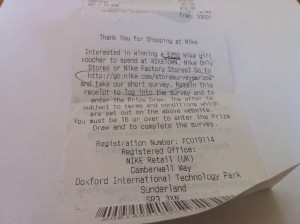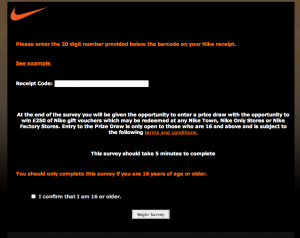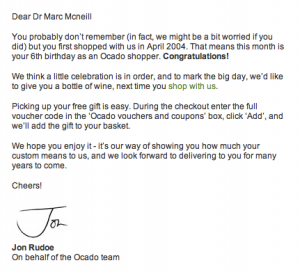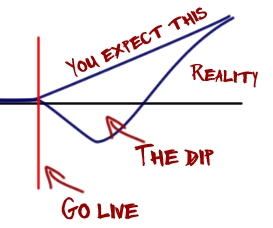The tyranny of nice
My first English lesson with Mrs Sullivan aged nine. She was one of those teachers you remember. An awesome teacher.
“Nice” she told the class, “nice is a word you will not use”.
The word “nice” was forbidden in her classes. And woe betide anyone who described their weekend as nice, or their birthday present as nice (probably an Action Man or Scalextrix or if you were really lucky a Raleigh Chopper or Grifter).
It is a lesson I learned and kept close to my heart today: Nice is mediocre, saccharine, inoffensive, meaningless, ordinary, without passion, expression or meaning. “Nice” is a faceless word. “Nice” is something that the left brain aspires to and the right brain shuns. Nice is an anathema to the artist, to the designer. Nice doesn’t provoke, it doesn’t inspire. Nice is instantly forgettable.
“Have a nice day”.
Shit NO! (this deserves swearing – see the passion that Mrs Sullivan infected in me; what a teacher!) That’s “have an ordinary day”. It’s not a differentiated day. I don’t want to just have a nice day. I want to have an awesome day, a magical day, a memorable day!!
And the same with experiences and products.
Disneyland isn’t nice; it’s memorable and magical (despite the fact that you spend most of your day there queuing). Do you think that Steve Jobs would be happy if someone called the iPhone ‘nice’?
Nice is for Microsoft. It is for engineers to aspire to. Nice is not art, nice is not design, elegance, simplicity or beauty. Nice is dull mediocrity.
And yet nice is something that corporate software doesn’t even begins to strive for. There’s no place for nice in software methodology. Think Scrum; nice is rarely even a nice to have (it’s gold plating). Tell me Scrum Masters, in your zeal to deliver “business value”, ship the “minimal viable product”, I bet you’d be happy with what you deliver being considered nice. F@@k that. Your projects fester in a world of mediocrity, in a quagmire of backlog; picking off stuff to do, focussed on features and functions rather than customers goals and a desire to delight.
Bring it on Mrs Sullivan. Nice has no place in the English Language. Bring it on, Agile + Experience Design. Nice has no place in software development.
Can you banish nice from your lexicon; go beyond nice and seek delight?
I don’t want to have a nice day, I want to have a memorable day.
I don’t want to have a nice product, I want to have an awesome product.
I don’t want to have a nice experience. I want to have a memorable experience.
…And if I’ve designed an experience and the only word you can use to describe it is ‘nice’ then I consider myself a failure.


